Did you know that September is Whole Grains Month? I didn’t even know there was such a thing. In any event, I’ve decided to take this opportunity to explore whole grains over the next four weeks, including some easy recipes to help add more whole grains to your daily meals. Many of you probably know that whole grains are good for you and that you should be eating more of them, but practically speaking, it can be difficult to transition to a diet that includes more whole grains than refined grains.
I’m hoping that by sharing some information on the benefits of adding more whole grains to your daily diet, as well as including some enticing recipes, that you will try something new, whether it’s eating a bowl of oatmeal for breakfast instead of having a bagel, trying whole grain pasta, or substituting quinoa in a rice pilaf recipe.
To help launch Whole Grains Month, I consulted with the Program Manager for Oldways and the Whole Grains Council. But before we get started, let’s start with a few basics.
What exactly are whole grains?
Whole grains are cereal grains that contain three parts — the germ, endosperm and bran. When grains are processed (e.g., white wheat flour), the germ and bran are stripped away, leaving just the endosperm. The germ is packed with protein, iron, vitamins and antioxidants, and the bran contains valuable minerals and vitamins, as well as insoluble fiber. The endosperm is the least nutrient dense part of the grain. When you eat whole grains, you are consuming all three parts of the grain, including the most nutritious parts.
What are some whole grains?
There are numerous whole grains, but here are some of the more popular ones:
- Wheat (including spelt, farro, bulgur, cracked wheat, wheatberries)
- Corn *
- Rice (brown and colored)*
- Oats **
- Barley
- Quinoa *
- Sorghum *
- Spelt
- Rye
- Amaranth *
- Buckwheat *
- Millet *
- Montina *
- Teff *
- Wild Rice *
** Although oats are inherently gluten-free, they are often contaminated with wheat during growing or processing. Look for packaging that states “Gluten-Free.”
Amaranth, quinoa and buckwheat are not true whole grains, but their nutritional profile, preparation and use are similar.
_______________________________________________________________________________
What are some of the ways you incorporate whole grains into your daily meals? What are your favorite whole grain recipes? Our goal is to entice as many people to incorporate more whole grains into their daily meals, so please share!
I would like to thank Karen for taking the time out to answer these questions, which I hope will encourage all of you to try to incorporate more whole grains into your daily meals starting this month.
And now for some fun…to celebrate Whole Grains Month, The Whole Grains Council is running a Whole Grains Stampede Sweepstakes for the entire month of September, so be sure to visit their site and enter for a chance to win some prizes (open to all U.S. residents).
Sources:
Whole Grains Council: Definition of Whole Grains
Dr. Sears: What You Should Know About Wheat
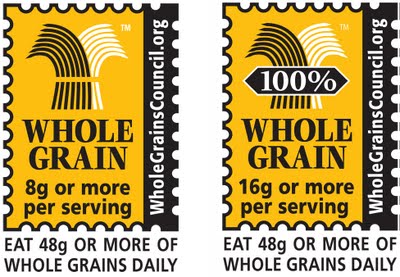


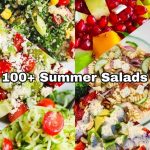
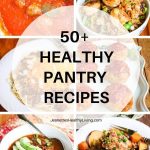
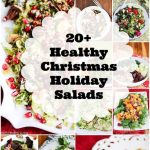
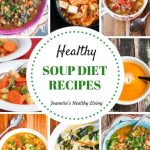
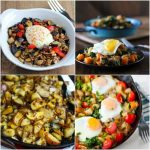

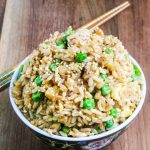
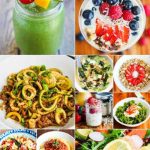

Great post! I love whole grains.
i love whole grains! i cant really eat white bread ans white rice anymore.. it just feels like fluff!! a great informative write up!
Richa @Hobby And More Food Blog
Kalyn and Richa, glad to hear you all love whole grains. Once you try them, you realize they have so much more texture and flavor than refined grains.
great info!!
What a helpful, intelligent post – many will benefit from this information Jeanette and the clear manner in which you set it out.
Awesome post ^^
I love whole grains and rarely eat white bread/rice.
Hi Jeannette,
great informative article, but the sweepstakes is only open to US residents 🙁 I cooked quinoa for the first time this week, and love it!
Hope you all will continue to follow along and cook along for the month of September…more posts on whole grains to come with some fun giveaways (sorry, these giveaways are for U.S. residents).
What a great post Jeanette. Really helpful as well as a good reminder to add a few more whole grains and fun ways to sneak them in, like our salads.
what an informative post~ lately i've been eating quinoa twice a day! i've noticed it sits well with my digestion and i feel great afterwards!
Great post. As you know we are only a whole grain familyI value this info.